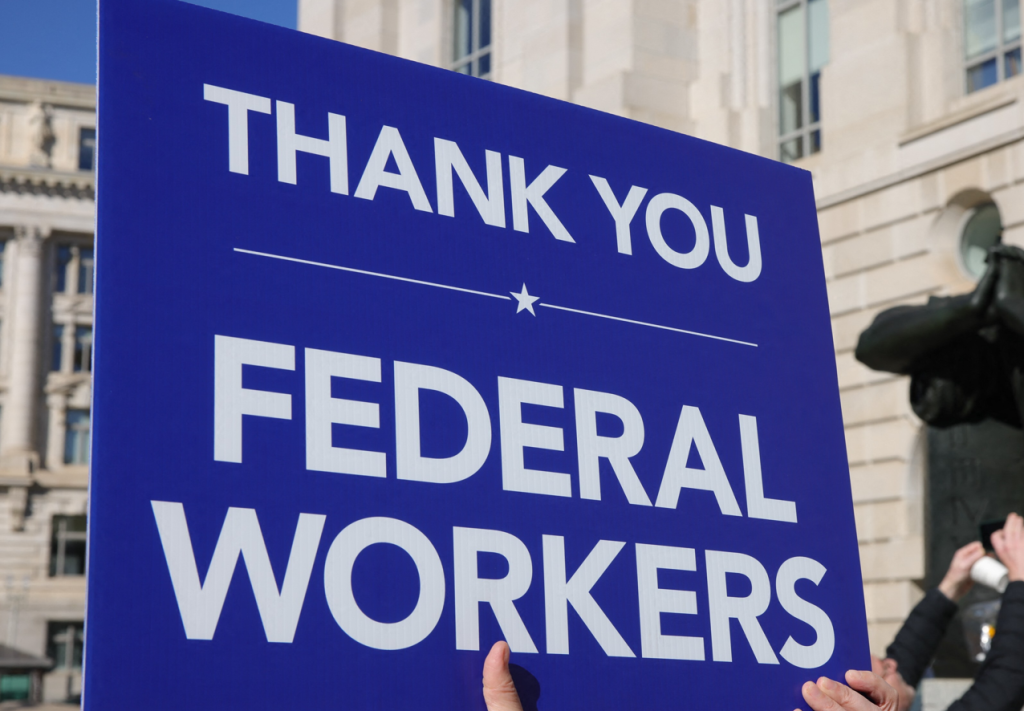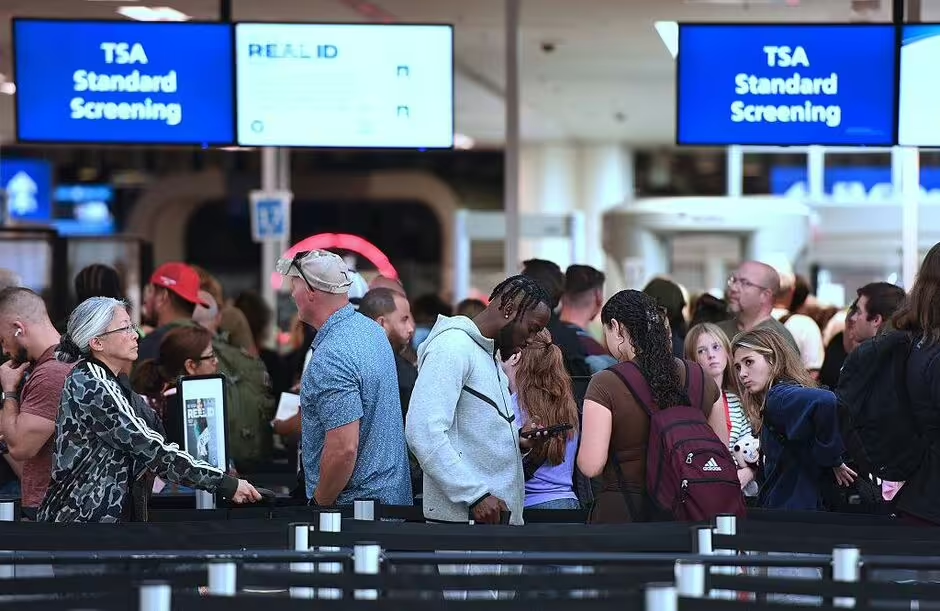
The United States is edging closer to ending the longest government shutdown in its history, as the House of Representatives prepares to vote on a funding bill that has already cleared the Senate.
While the move promises to restore normal operations across federal agencies, thousands of government employees are still left asking one pressing question: When will our paychecks arrive?
Senate Passes Bill to Reopen the Government
On Monday, November 11, the U.S. Senate passed a bipartisan measure aimed at bringing the historic shutdown to a close. The legislation would reopen government offices, restore funding to essential programs, and provide back pay to hundreds of thousands of affected workers.
The shutdown, which lasted several weeks, forced federal employees into unpaid leave or unpaid labor, and disrupted key social programs such as SNAP (Supplemental Nutrition Assistance Program), which millions of low-income families rely on for food assistance.
The bill now heads to the House, where Speaker Mike Johnson has pledged to move swiftly to approve it. Once the House votes in favor, the legislation will be sent to President Donald Trump for his signature—likely clearing the way for agencies to resume normal operations by midweek.

When Will Federal Workers Get Their Back Pay?
Under the Government Employee Fair Treatment Act of 2019, all federal workers affected by the shutdown—whether furloughed or working without pay—are legally entitled to full back pay for the duration of the closure.
However, there’s still no clear timeline for when that compensation will be distributed. The law directs federal agencies to issue payments “as soon as possible” once funding is reinstated, meaning employees could receive their wages at any time after the shutdown officially ends.
Until that happens, many public servants—ranging from air traffic controllers and TSA agents to administrative staff and park rangers—remain uncertain about when relief will finally hit their bank accounts.
Economic Pressure and Food Insecurity Deepen
The shutdown’s ripple effects have reached far beyond Washington. Across the country, food banks and charitable organizations have been overwhelmed by growing demand as millions of Americans struggle to make ends meet.
With the temporary suspension of programs like SNAP, an estimated 42 million people have faced food insecurity, forcing many families to turn to community organizations for basic necessities.
According to data from the Bipartisan Policy Center, around 670,000 government workers were furloughed during the shutdown, while an additional 730,000 continued working without pay. Many missed their first full paycheck on October 24, following partial payments earlier that month.
Trump’s Mixed Messages on Worker Compensation
President Trump’s remarks have only fueled uncertainty among federal employees awaiting their back pay. In comments from the Oval Office last month, he appeared to suggest that some workers might not be compensated, saying, “It depends on who we’re talking about.”
He later took a more aggressive stance on Truth Social, threatening to withhold pay from air traffic controllers who skipped work during the shutdown—while promising a $10,000 bonus to those who continued reporting for duty.
“For those that did nothing but complain and took time off, even though everyone knew they would be paid in full shortly, I am not happy with you,” Trump wrote.
Relief May Be Near, But Uncertainty Remains
As the House prepares to finalize the deal, millions of federal employees remain in limbo—waiting not only for the government to officially reopen, but for long-delayed paychecks to arrive.
The end of the shutdown may restore normalcy to Washington, but for many workers, the financial scars and economic stress will linger far longer. Missed bills, mounting debts, and depleted savings have turned what began as a political standoff into a nationwide hardship.


